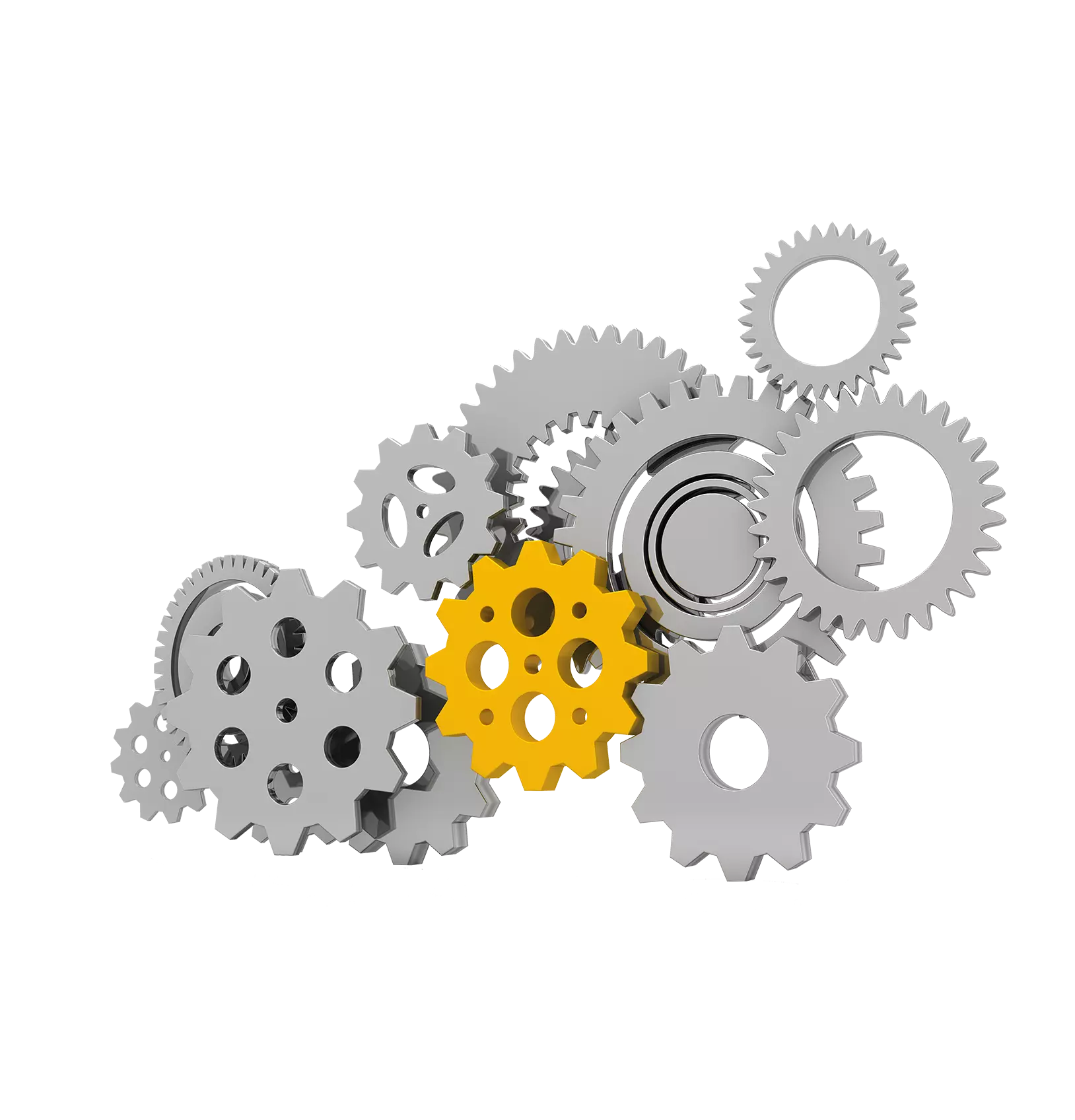The Top 3 Areas of Focus for Increasing Profitability in the Food and Beverage Industry
The Top 3 Areas of Focus for Increasing Profitability in the Food and Beverage Industry
The Top 3 Areas of Focus for Increasing Profitability in the Food and Beverage Industry

Traditionally, food manufacturing profit margins have been on the thin side. This is in large part because businesses in this industry must shoulder a number of costs—including purchasing ingredients, paying employees, maintaining equipment and securing distribution contracts—all while offering an affordable end product for everyday consumers.
The metrics show the reality of the situation. While the average gross profit margin across all industries was 45.81% in the first quarter of 2022, it was just 18.98% in food and beverage. Likewise, the EBITDA margin average was 19.69% in the same time frame, but just 11.13% in food and beverage.
Of course, this isn’t to say that a food and beverage company can’t be successful monetarily—after all, we’re talking about items that literally everyone needs, so there will always be consumer demand—but it does take a sound strategy and informed decision-making to keep your bottom line healthy in a market that’s this competitive.
To help you chart a course forward to a more prosperous future, we’ve identified three of the most important best practices in food and beverage management that can boost profit margins for organizations like yours, as well as how purpose-built enterprise resource planning (ERP) technology can facilitate your efforts on these critical fronts.
1. Effective Inventory Management
Getting the most out of the raw ingredients you’ve purchased and the finished goods you’ve produced is a fairly obvious component of profitability management in the food and beverage industry, but that doesn’t make it an afterthought by any means. In fact, it’s an aspect of operations that warrants increased scrutiny if you want to make sure you’re getting a good return on your material investments.
One part of the equation here is excellent expiration date management, as spoilage is one of the biggest sources of waste in food manufacturing settings. First, you need to record the expiration dates of all the lots you receive—ideally, in a fully digital interface like that provided by food ERP solutions—and from there, you should employ first-expiry, first-out (FEFO) picking procedures.
The same process should also be followed for your end products. Logging the freshness ranges and ensuring that they’re shipped in time to maximize their shelf life will keep the retailers and restaurants at the end of your supply chain happy while also ensuring the satisfaction of end consumers and fostering brand loyalty.
Finally, keep in mind that accuracy of your stock levels is key for avoiding shortages at critical junctures. Here again, ERP systems are a huge help, as they provide complete visibility into your warehouse and what you have on hand—and can even automatically re-order for you based on parameters you set—so you’re never caught in a pinch and unable to meet your production targets.
2. Accurate Demand Forecasting
Knowing what to expect in terms of buyers’ appetites for the items you manufacture will help you to maximize earning potential as opportunities in the market arise. Getting precise and reliable projections of demand isn’t always easy, though, as a variety of factors can affect consumers’ desire for any given food and beverage product.
Luckily, ERP platforms built for the food industry put the tools to produce realistic, dependable forecasts at your fingertips. By combining historical sales records and data on emerging market trends, you can know when to ramp up production of certain lines while scaling back others that might not be as popular in certain seasons or situations.
This will also help inform your procurement of ingredients, as you’ll know well in advance whether more materials will be necessary to meet higher attainment goals. Likewise, you also have the insight to know that you can reduce or eliminate standing orders of other materials if the products that require them simply aren’t worth producing given the current market climate.
average profit margin in the food and beverage industry, compared to 45.81% average across all industries
3. Robust Efficiency and Financial Analytics
Inefficient processes can be a significant drain on your finances and must be identified and corrected in order to optimize the effectiveness of your manufacturing procedures. At the same time, you also need to know when a certain product in your lineup simply isn’t finding a receptive audience in grocery stores and eateries that you serve.
Food industry ERP software comes with the analytics features that you need to get to the bottom of issues that are occurring in your procedures and drill down to root causes so that whatever is causing the problem can be rectified. With an advanced solution like our purpose-built food and beverage software, Aptean Food & Beverage ERP, on your side, you’ll always know just how well operations are being carried out as updates come in real time.
Additionally, ERP built for food and beverage businesses like yours have features dedicated to tracking the profitability of your products given the inputs they require and how they perform in terms of sales. That information can, in turn, inform your decisions about which items to prioritize, which can be scaled back and which might be better left out of your suite of offerings going forward.
Aptean’s Advantages Unlock Better Outcomes
With achieving greater profitability no doubt high on the list of goals for every food and beverage company, you need every edge you can get to beat the competition and come out on top. For the benefits we’ve outlined above and many more, an ERP system tailored to your market is a must if you want the best chance at reaching your financial targets.
It’s not enough, though, to simply purchase and install any ERP package and expect the money to start rolling in. You need a platform from a vendor that really knows the food and beverage industry and has developed their offering with end users in mind, including the incorporation of a user-friendly interface and sector-specific tools to tackle your toughest challenges.
At Aptean, we’re more than just a provider of business solutions—we’re a partner to our clients, helping to steer a successful implementation and providing advice based on our teams’ decades of collective experience and in-depth understanding of the food and beverage world. We also offer flexible cloud deployments on a software as a service (SaaS) model that help keep your up-front costs low and preserve profit margins.
So, if you’re ready to learn more about Aptean Food & Beverage ERP and how it can improve your organization’s profitability, contact us today. We also offer personalized demos for those who’d like to see our solution in action.
Dealing with Disruptions in the Food and Beverage Industry
Disruptions are increasingly common in the food and beverage industry. Learn how ERP technology can help you tackle these challenges.



 Jack Payne | Vice President, Product Management & Solutions Consulting
Jack Payne | Vice President, Product Management & Solutions Consulting